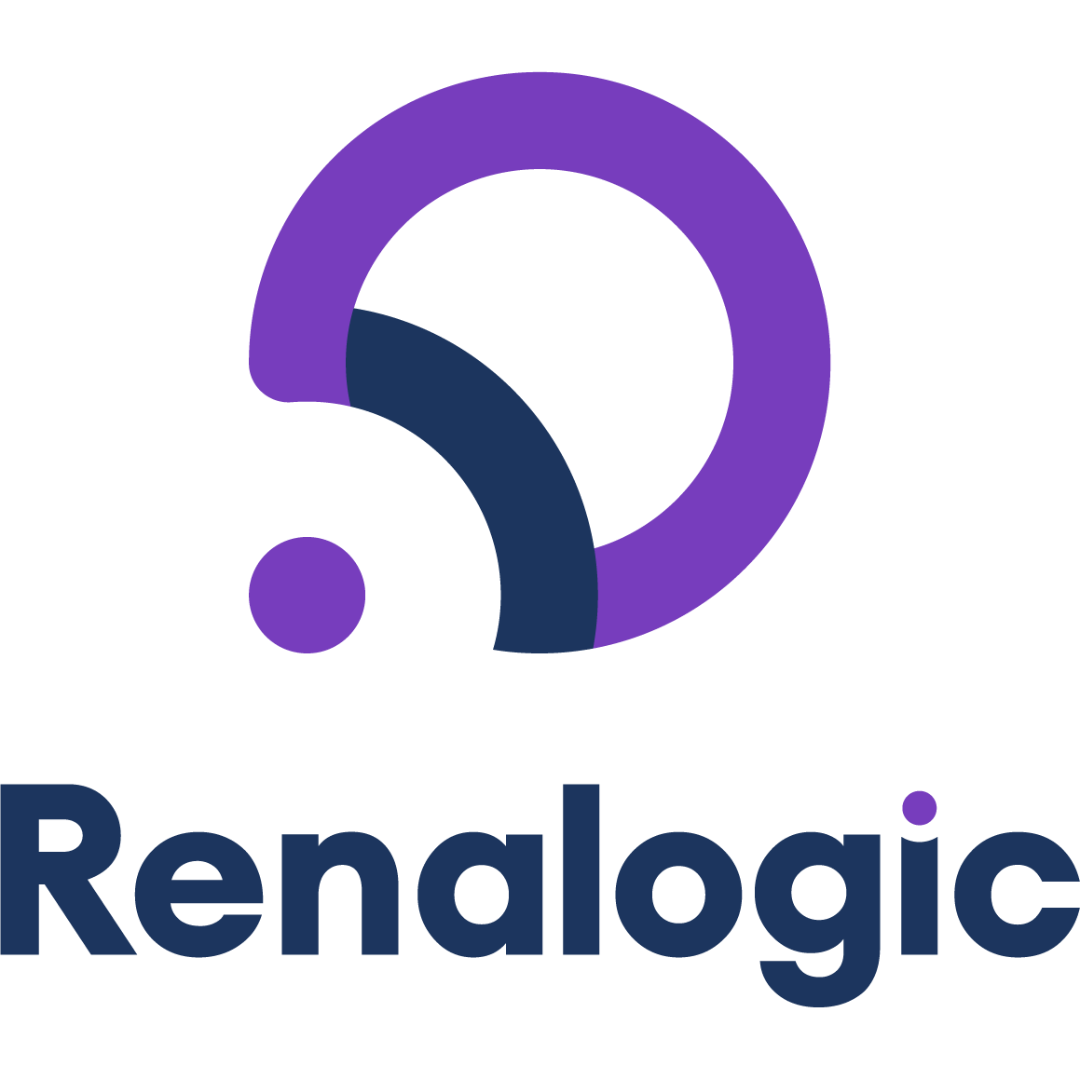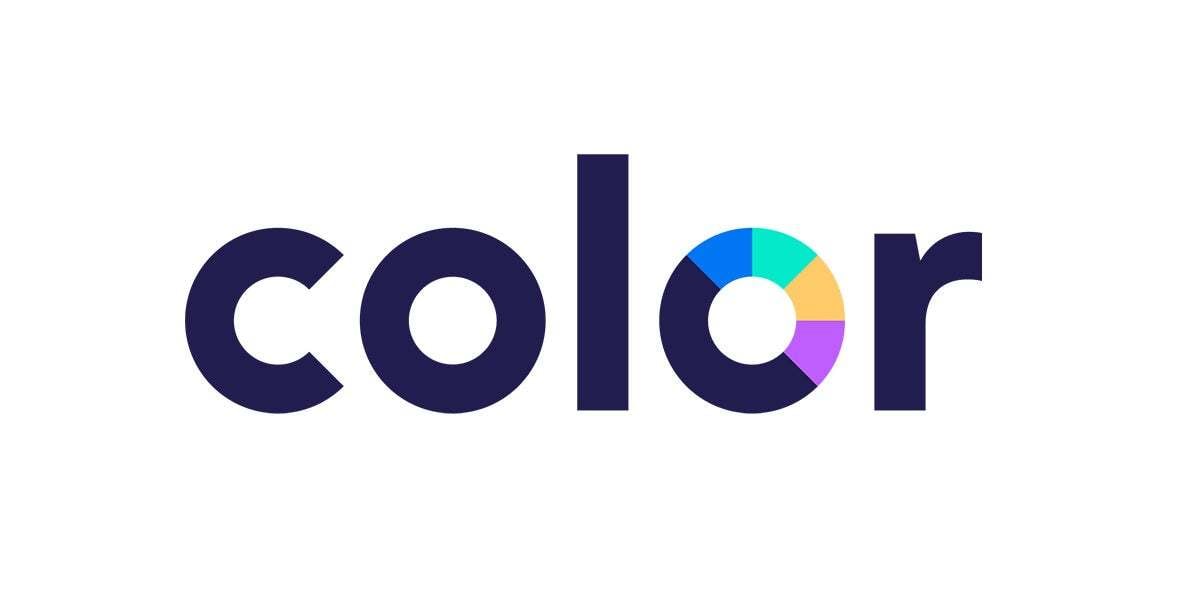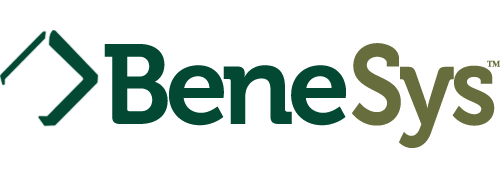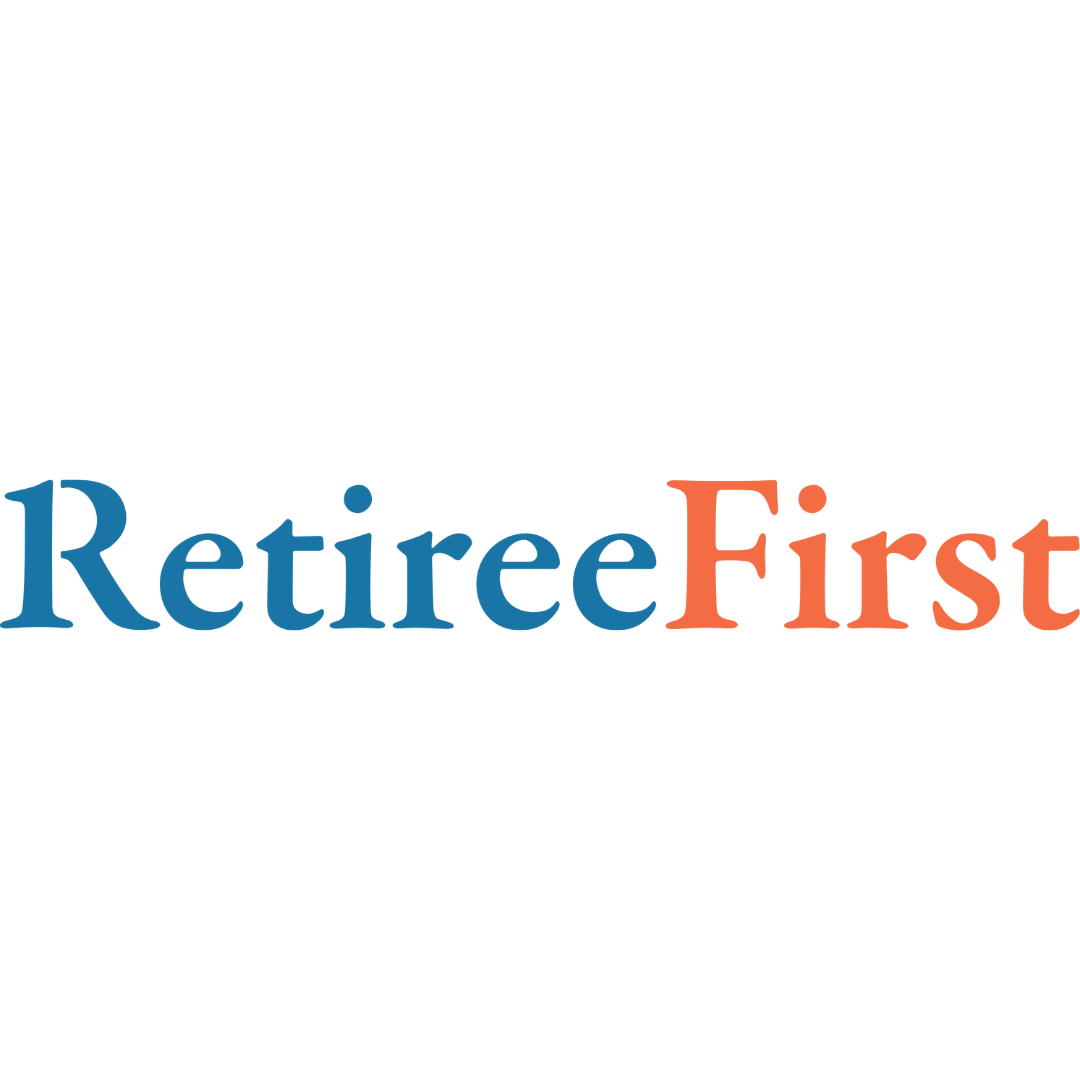Strength in Numbers: Building a Better Vaccine System

“Later that morning, I walked into the isolation ward of the Sheltering Arms Hospital in Minneapolis and went to bed in a private room. No one was allowed in except the doctors and nurses, and they wore masks. My parents stood outside on the grass, waving bravely and blowing kisses through the window. Exhausted, feverish, and scared, I fell asleep.
When I woke up, I was paralyzed.”
–Peg Kehret in Small Steps: The Year I Got Polio
It’s astounding to think that just a couple of generations ago, Polio wreaked havoc on childhood summers. At the first sign of a fever, families would instantly wonder whether their child had the normal flu or was about to face a fight for their lives. In a time before ramps and curb cuts, life in a wheelchair or using crutches was daunting. Not until researchers created the Polio vaccine could parents breathe a little easier and children live with less fear.
Smallpox. Measles. Mumps. Rubella. Diphtheria. Pertussis. Chicken Pox – all diseases we rarely think about thanks to the scientific innovations in childhood immunizations. The gravity of the advent of vaccines is almost incomprehensible. These diseases weren’t just nuisances in the United States. They were deadly.
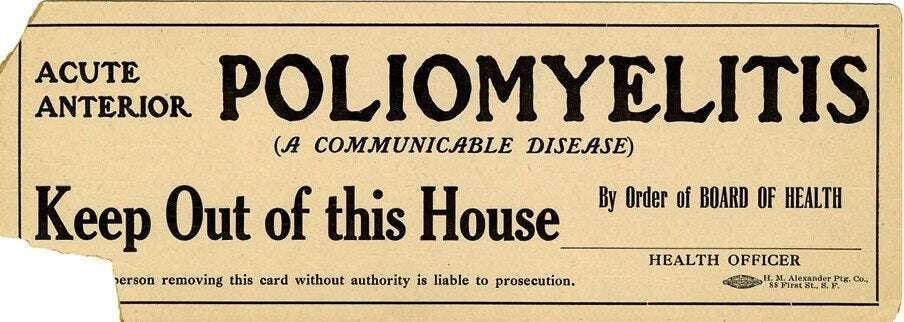
The efficacy of vaccines relies on the concept of herd immunity, or the Community Immunity Threshold (CIT). Reaching the CIT means we are collectively more protected from the disease, regardless of whether we are personally vaccinated. This threshold helps protect people who cannot get a vaccine due to age or underlying conditions. The CIT varies depending on the disease, ranging from 80% for Polio to 95% for highly contagious Measles. Unfortunately, even with robust historical evidence of the life-saving function of vaccines, too many children in the United States are behind on their immunizations. As a result, we are dangerously close to losing the protection of herd immunity for diseases that should be relegated to history books.
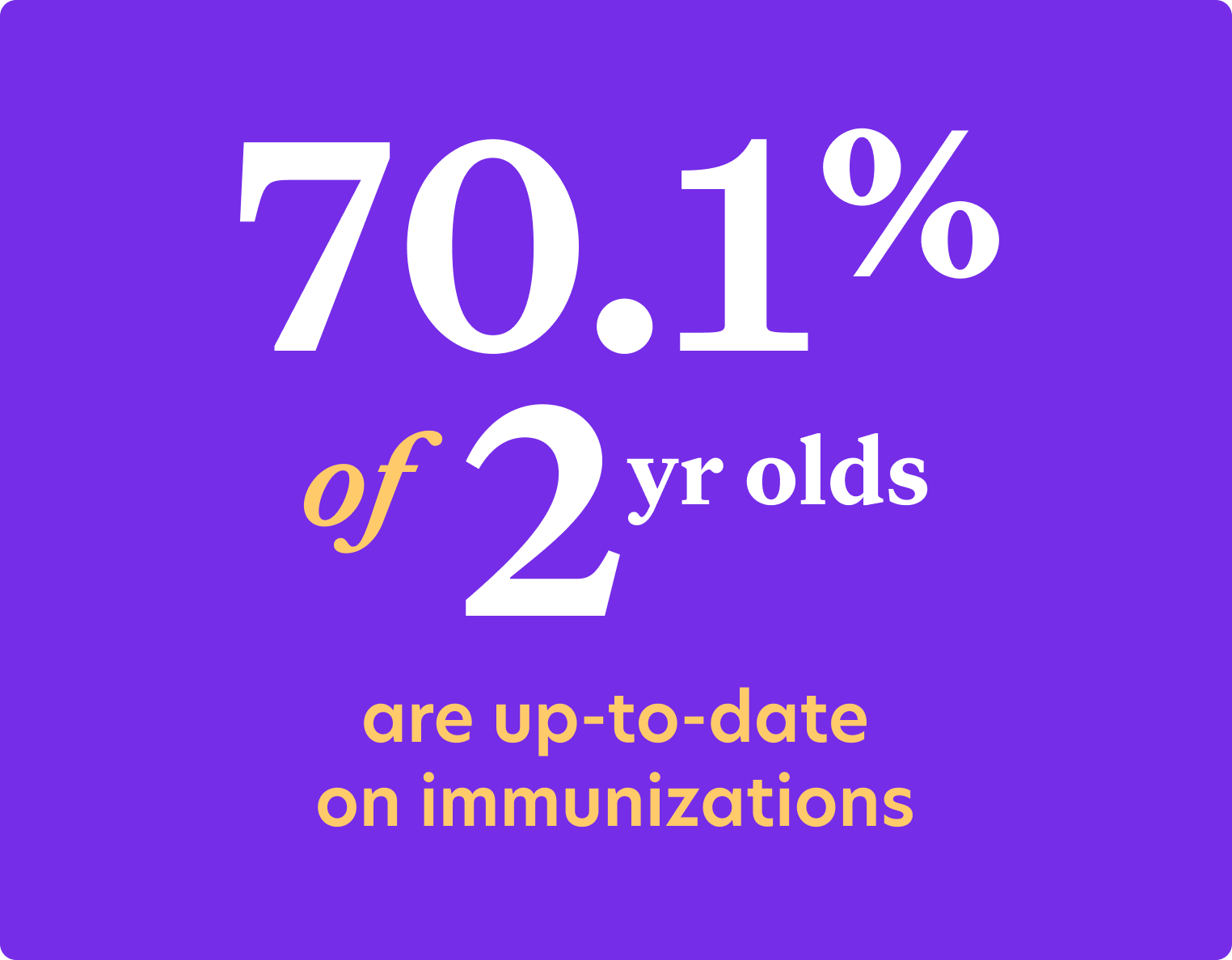
All reliable research confirms that vaccinations for childhood diseases and variant-type diseases like Influenza and COVID-19 can either eliminate disease or lessen the severity. So, why are so many people – children and adults alike – unable or unwilling to get vaccinated? And why do vaccination rates vary so widely by race, insurance status, and geography?
Percent of 2-year olds up-to-date on vaccinations, by selected demographics
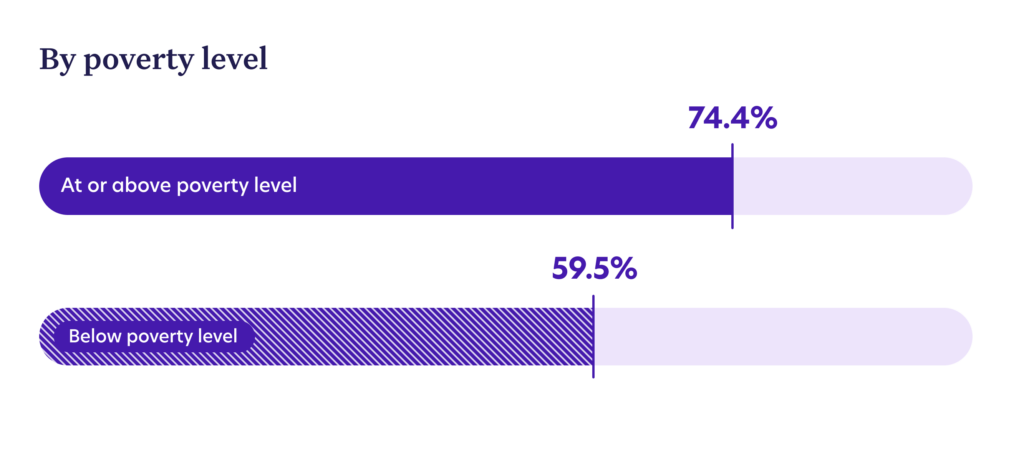
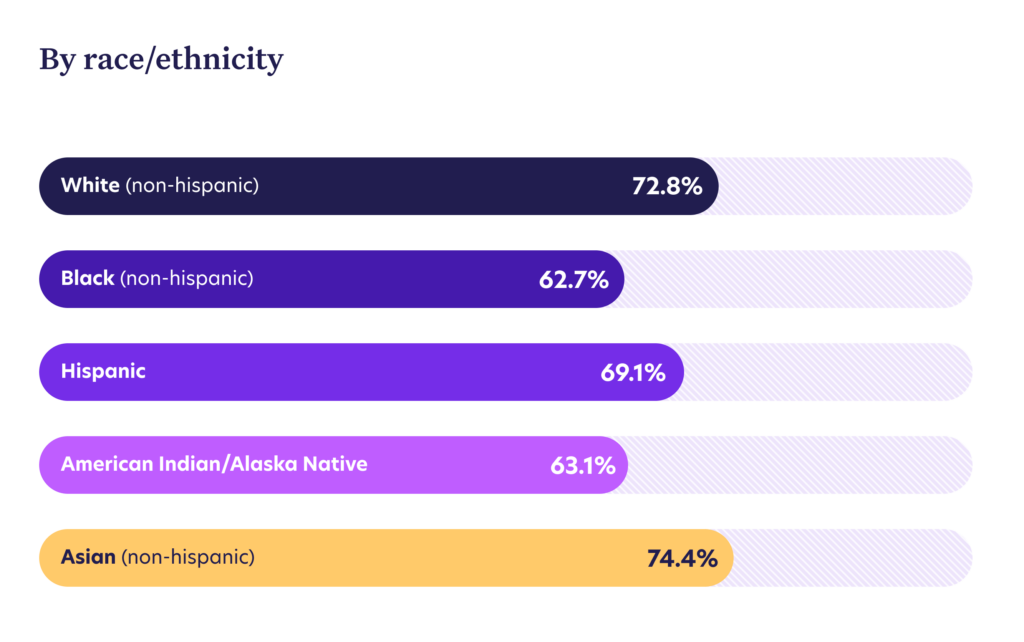
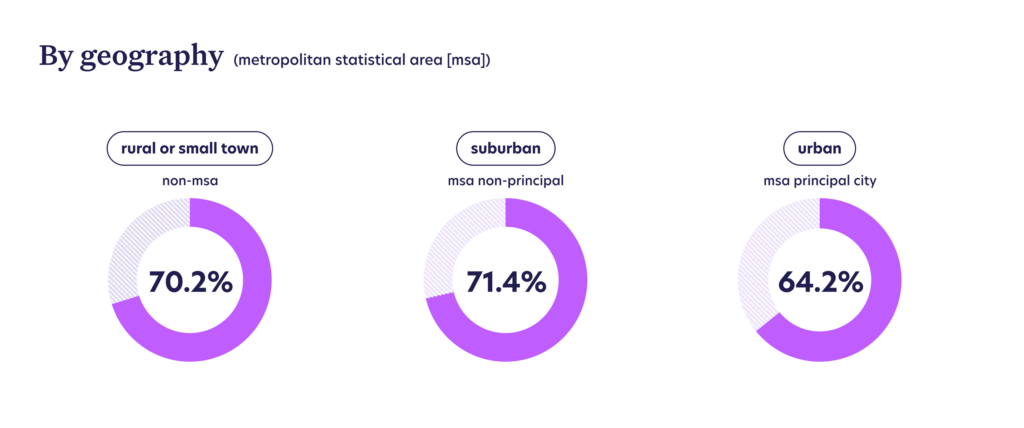
The short answer? It’s complicated.
The longer answer requires an understanding of the supply and demand side barriers to effective vaccine distribution and uptake. On the supply side, outdated and fragmented systems make it challenging to track vaccine records. There is no national registry of vaccinations, so instead, it falls to each state to maintain vaccination registries. Lacking a national standard, immunization management system quality can vary tremendously. A high-quality immunization system allows leaders to get high-quality information to decide about vaccine supply chains, community outreach, and public policy. Messy systems create messy strategies. Add a backlog of routine vaccines due to COVID-19, and already strained systems are on the verge of breaking completely.
The demand side is even trickier. Sometimes it comes down to logistics. Folks might need clarification about what vaccines they need, especially if they cannot track down their own immunization records. On top of that, vaccine distribution sites might be inconvenient. Making a doctor’s appointment solely to get up-to-date on vaccinations could feel unnecessary. Other times, vaccine hesitancy is the primary cause of gaps in vaccine coverage – hesitancy, in the vaccine research literature, refers to an individual’s refusal or delay in seeking vaccination for themselves or their dependents. Every person makes a personal calculation of whether getting a vaccine is “worth it,” and that calculation is unique to each individual. For some, the perceived risks of a vaccine outweigh the benefits. This perception is particularly true for rare diseases eradicated by vaccines. For example, very few of us know a child with Polio or anyone who has ever had Rubella. So why would we go through the trouble, and possible side effects, to protect against a disease that doesn’t really seem like a big deal? Culture, values, beliefs, and perceptions are potent predictors of vaccine hesitancy. That’s why ensuring that the vaccine system runs efficiently and effectively is critical so that we aren’t putting additional barriers in place as people make these decisions.
It doesn’t have to be so hard. When COVID-19 hit, we at Color were forced to innovate (seemingly) overnight. We needed to take the infrastructure we had developed for a different purpose and adapt it to a global pandemic response. We learned that it’s possible to create nearly seamless systems designed with real human users in mind. Now, we’re applying the same values to immunization management systems to achieve community immunity thresholds nationwide and leave no one behind.
The Color solution for immunization management provides super simple, streamlined analytics so that Public Health leaders can make real-time decisions. Knowing the who and where of vaccine coverage allows for a tailored, relevant outreach strategy. Even better, it’s paper-free and designed for mobility. Vaccine deployment must happen where people live, work, play, and learn. Lugging around clipboards and piles of paper files slows down the process and introduces more risk of system failure. Our solution follows the best vaccine timing and reporting practices from the CDC, whether we’re operating in Washington State or Washington DC. We provide an end-to-end platform that reduces fragmentation in the system, ensuring that we’re partnering alongside our customers from site selection to records management.
We recently sat down with one of our most valued partners, the California Department of Public Health, to talk about our massive undertaking of rolling out community-based vaccination sites across the entire state. Together, we worked towards health equity at scale and learned a lot in the process. You can catch a recording of the webinar here:
3.8 Immunization Webinar from Color Health on Vimeo.
Vaccines work. They are a critical part of our Public Health system. At Color, we are committed to ensuring that vaccines are available to anyone, anywhere, no matter what. If you want to know more about Color’s immunization management platform or any of our other Public Health solutions, reach out at public-sector@color.com
Note: Source for vaccine data from the American Academy of Pediatrics and the Centers for Disease Control and Prevention, 2018-2021








